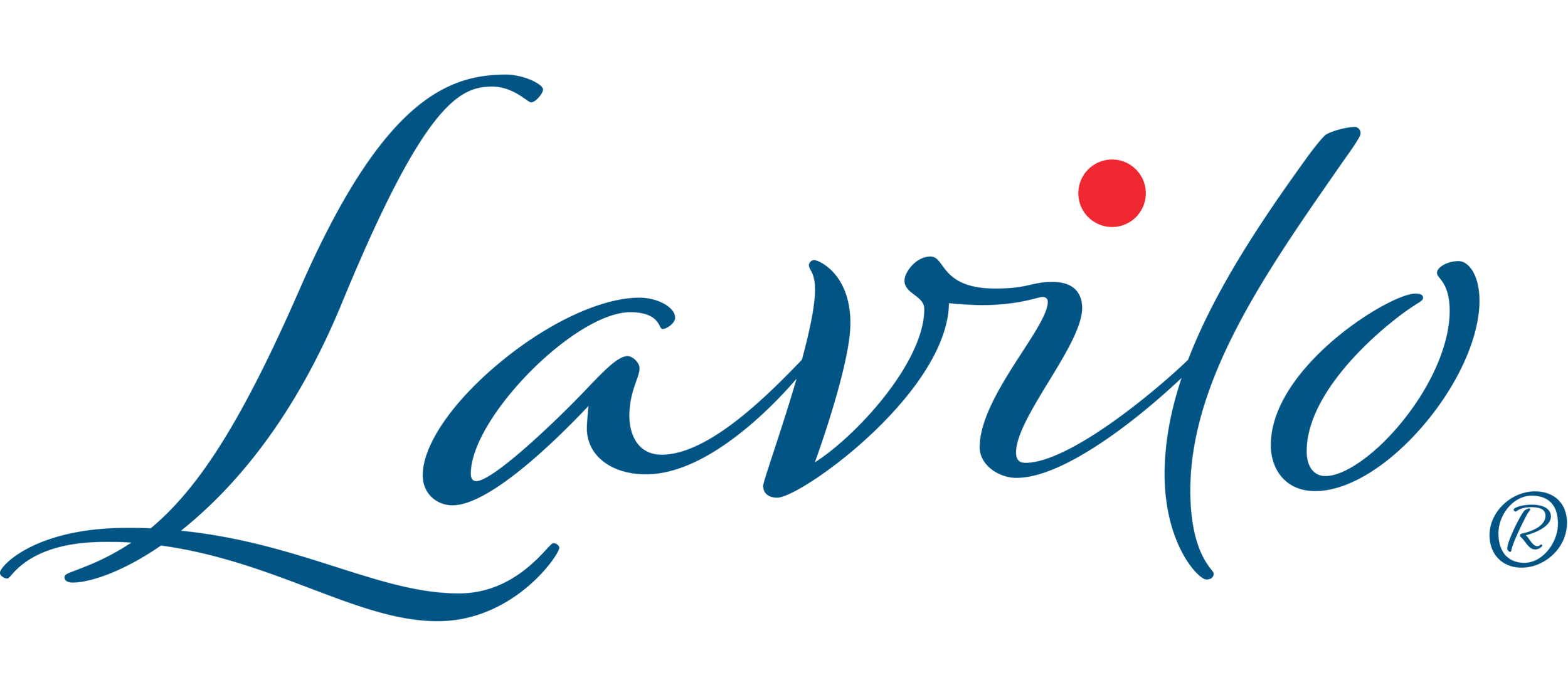Charlotte was founded in 1768 and named in honor of German-born Sophia Charlotte of Mecklenburg-Strelitz. In 1761, just seven years before the town’s incorporation, Sophia Charlotte became the wife of King George III of Great Britain and Ireland and Queen.
Charlotte had formed at the intersection of two important Native American trading paths. One path went north-south and was part of the Great Wagon Road, which was the primary route for the early settlement of the Southern States. The second path ran east-west. The Great Wagon Road became Tryon Street, named for William Tryon, a governor of North Carolina, while the east-west route became Trade Street. The intersection of both paths is known today as “Trade & Tryon” or “Independence Square” and is the highest point in Mecklenburg County.
After gold was found in 1799 east of the town, miners, engineers, and metallurgists rushed to Charlotte. Two of the most valuable mines were just 2 miles from the town’s center. By 1835, production was so large that the U.S. Treasury decided to open a branch mint in Charlotte. The gold rush of the early 1800s had mostly ended by 1849 when gold was found in California. Still, the first gold rush in the United States was credited with the establishment of the first banks and of a major trading hub for miners from several counties, where they had their gold graded and smelted.
By the mid-1800s, Charlotte’s primary revenue sources became tobacco and cotton and later after the Civil War with the arrival of the railroad the textile industry, which processed the cotton from the Southeast. Charlotte became a vital railroad distribution hub and the largest city in the Carolinas.
In 1891, Charlotte introduced its first streetcar system. The first skyscraper was built in 1924, the 15-story, 266-feet Johnston Building, followed in 1926 by the 280-feet building at 112 Tryon Plaza, which had 22 stories. It was the tallest structure for the next 35 years until the slightly taller 299-feet building at 200 South Tryon Street was constructed in 1961.
With businesses expanding, so did banking. In 1998, Charlotte-based NationsBank, which was the largest bank in terms of deposits, bought BankAmerica Corp (the third biggest institution) in the largest bank acquisition in history at the time, assuming the name Bank of America. Banks like Bank of America and Wachovia, which is now part of Wells Fargo, have made Charlotte the second-largest banking center behind New York City.








